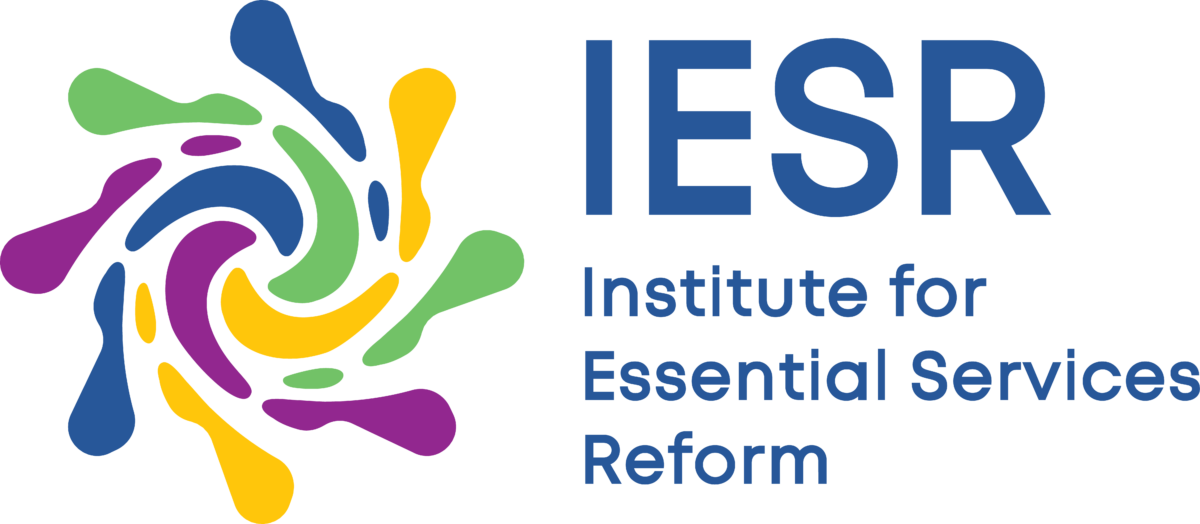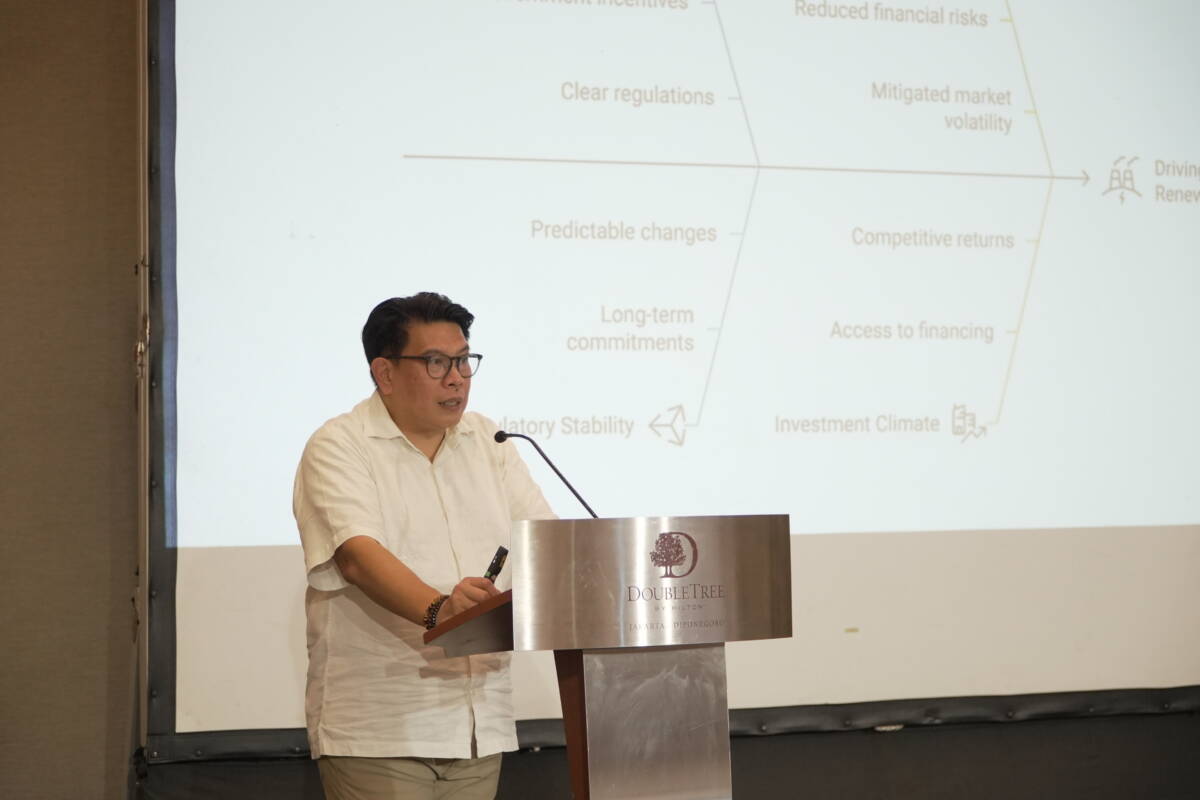Jakarta, August 15, 2025 – President Prabowo Subianto aims for 100% of Indonesia’s electricity to come from Renewable Energy Sources (RES). This target is expected to be achieved within 10 years or even sooner. He made this statement during the First Plenary Session of the House of Representatives (DPR-RI) for the 2025/2026 Legislative Session and the 2026 State Budget (RAPBN) at the Parliament Complex in Jakarta on Friday, August 15, 2025.
In response, the Institute for Essential Services Reform (IESR) appreciated the president’s vision as a strong signal that Indonesia needs to accelerate its energy transition, move away from dependence on fossil fuels, and shift to renewable energy. However, IESR also reminded that this target needs to be supported by concrete technical plans and policies.
Chief Executive Officer (CEO) of IESR, Fabby Tumiwa, stated that Indonesia has enormous renewable energy potential, reaching around 3,800 GW. With optimal utilization, the target of 100% renewable energy in the electricity sector could even be achieved by 2040, although the challenges are not insignificant. Fabby added that, in the initial stage, the utilization of solar power plants needs to be increased.
“Mr. Prabowo’s vision demonstrates a strong commitment and determination that Indonesia needs to accelerate its energy transition. However, this vision must be immediately translated into clear technical plans and roadmaps by the President’s ministers,” Fabby emphasized.
IESR’s study shows that Indonesia has solar energy potential ranging from 3.3 TWp to 20 TWp, spread from Sabang to Merauke. This potential can be utilized to provide reliable electricity for 5,500 villages that do not yet have adequate access to electricity, optimize the potential of 655 GW of rooftop solar power plants on residential buildings throughout Indonesia, and utilize 300 GW of floating solar power plant potential in national waters.
To that extent, IESR recommends that solar power plants (PLTS) be the most strategic option in the initial stage of acceleration. The use of rooftop solar power plants is considered the fastest and cheapest way to increase the renewable energy mix. For this reason, regulatory updates are needed, particularly regarding SPP quotas in the electricity system, as well as a review of the implementation of the Joint Use of Transmission Networks (PBJT) as stipulated in the Ministry of Energy and Mineral Resources Regulation.
“If these regulatory steps are taken immediately, the acceleration of renewable energy can begin now, opening up new investment opportunities, creating green jobs, and strengthening national energy resilience,” said Fabby.

